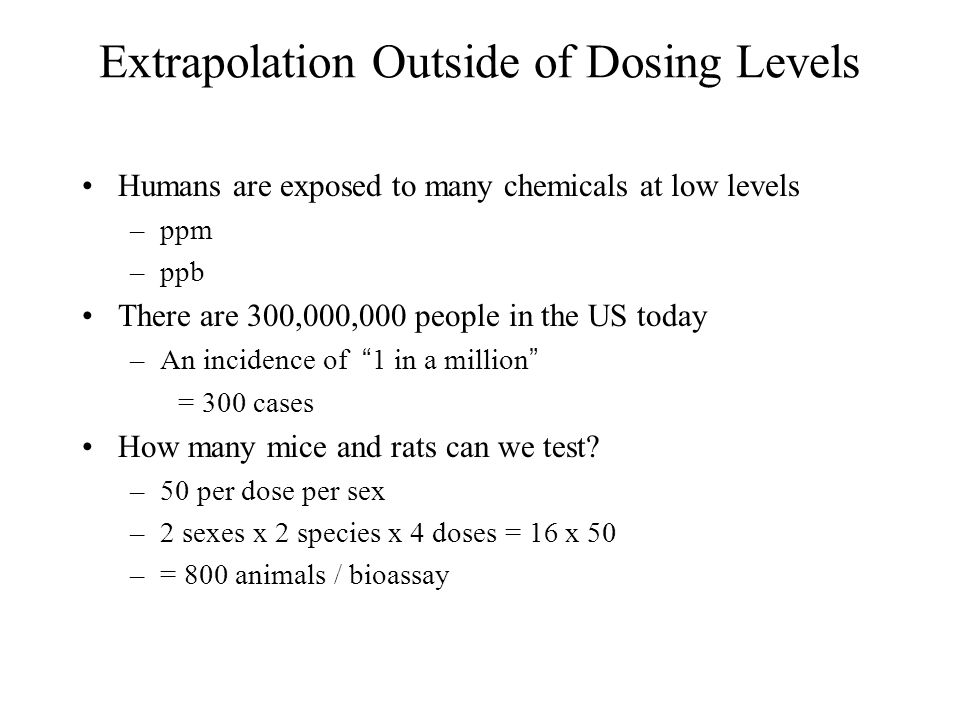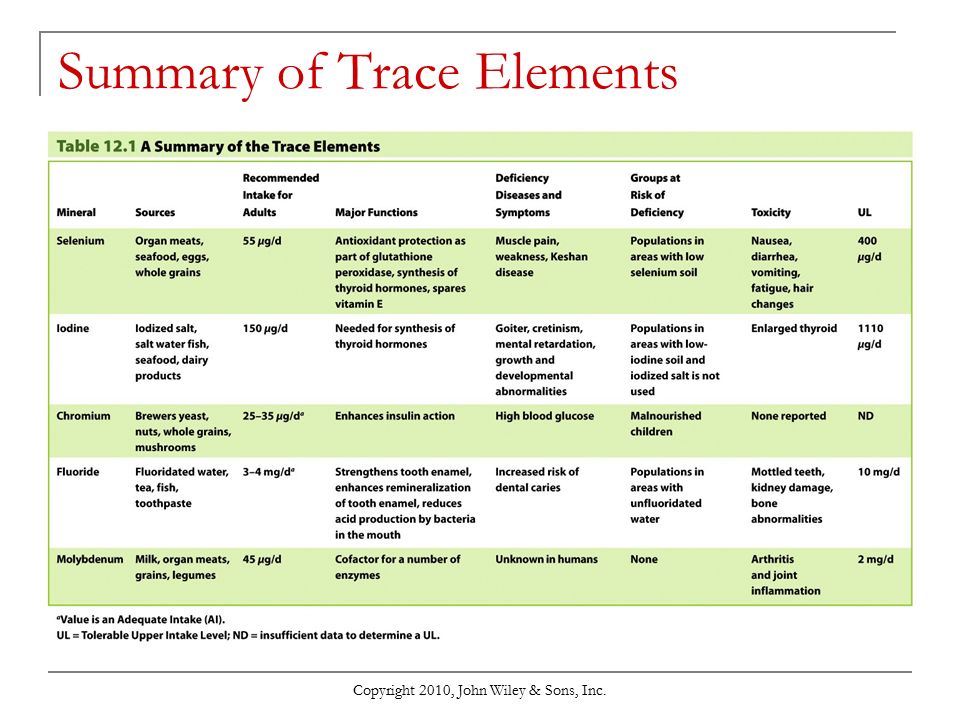FLUORIDE ACCUMULATION BY VEGETATION IN THE VICINITY OF A PHOSPHATE FERTILIZER PLANT IN TUNISIA large quantities of F with variable specific symptoms of toxicity. According to their F content, cultivated species can be classified into five different categories. At the In conclusion, it is found that adding calcium along with fluoride is beneficial to nullify the action of fluoride toxicity as evidenced by the fact of non involvement of toxic manifestations in the tissues in the animals fed with calcium and fluoride. effects of uoride (F) on both plants and animals. F presents in the halogenated group of the periodic table and has the characteristics of electronegativity. The sources of fluoride have been limited almost exclusively to fluoridecontaining vitamins and dental products. Based on a review of the doses involved in the four fatalities, three of which involved young children, the probably toxic dose of fluoride has been set at 5 mg Fkg body weight. Published data on the toxicity of fluoride (F ) to algae, aquatic plants, invertebrates and fishes are reviewed. Aquatic organisms living in soft waters may be more adversely affected by fluoride pollution than those living in hard or seawaters because the bioavailability of fluoride ions is reduced with increasing water hardness. FLUORIDE TOXICITY FLUORIDE TOXICITY 199 Excessive fluoride ingestion car. induce either an acute toxicity or a debilitating chronic disease [ 41. The latter condition has been called chronic fluoride toxicity, fluoride toxicosis, or fluorosis. The possibility that fluoride ingestion may impair intelligence and other indices of neurological function is supported by research on the human fetal brain as well as a vast body of animal research. The animal research includes 15 laboratory experiments that have found impairments in learning and memory capacity among fluoridetreated animals. The animal research also includes over 40 studies. Fluoride Toxicity In Animals Springerbriefs In Animal Sciences PDF Format Fluoride Toxicity In Animals Springerbriefs In Animal Sciences Medicine And Health 2. 3 Fluoride levels in the environment depend on the proximity to both natural and human fluoride emission sources. 4 Animals accumulate fluoride in their skeleton and plants in their leaves. This book describes in detail various aspects of fluoride toxicity in animals. Animals, like human beings, suffer from the toxic effects of excess fluoride intake. Fluoride toxicity in domestic and wild animals. PMID: [PubMed indexed for MEDLINE A fluoride treatment will benefit newly erupted teeth by making the crown surface more impervious to infection and making it a harder and smoother surface. Chemically, enamel is hydroxyapatite and is composed of approximately 95 inorganic material, contributing. Fluoride Toxicity in Animals describes in detail various aspects of fluoride toxicity in animals. It presents the susceptibility of different animal species, sources of toxicity, clinical signs, pathophysiology, diagnostic methods, preventive Fluoride toxicity in plants irrigated with city water Sensitive plants irrigated with city water can develop fluoride toxicity that results in tip burn. Fluoride toxicity is a condition in which there are elevated levels of the fluoride ion in the body. Although fluoride is safe for dental health at low concentrations, sustained consumption of large amounts of soluble fluoride salts is dangerous. Referring to a common salt of fluoride. Animals, like people, be afflicted by the poisonous results of extra fluoride consumption. They convey pathological adjustments of their the teeth and bone, including a marked aid in urge for food, efficient and reproductive potentials, which may end up in serious monetary losses within the dairy undefined. Research report Fluoride 45(4) OctoberDecember 2012 Fluoride toxicity in Indian Thar Desert cattle Choubisa, Modasiya, Bahura, Sheikh 373 373 Drinking water sources and F analysis: In the Chani village the drinking water sources for domestic animals are bore we lls. This book describes in detail various aspects of fluoride toxicity in animals. Animals, like human beings, suffer from the toxic effects of excess fluoride intake. They show pathological changes in their teeth and bone, together with a marked reduction in appetite, productive and reproductive In terms of fluoride toxicity, the high levels of fluoride in the system may have a range of the effects. These effects can be classified as acute, due to a single ingestion of a large amount of fluoride or chronic, due to long term ingestion of smaller amounts. Read Fluoride Toxicity in Animals by Rakesh Ranjan with Rakuten Kobo. This book describes in detail various aspects of fluoride toxicity in animals. Animals, like human beings, suffer from t The solubility of fluoride correlates generally with the degree of toxicity. Fluoride is known to interact with various elements, including aluminum, calcium, phosphorus, and iodine. Fluoride is a cellular poison that interferes with the metabolism of essential metals such as. Fluoride is a necessary element for all animals and in appropriate doses can promote the growth and development of the skeletal system (Camargo, 2003; Zhao et al. Toxic effects of fluoride in animals are discussed in Chapter 15, Veterinary Toxicology. What are the sources of fluoride poisoning? Chronic fluoride toxicity occurs mainly through consumption of ground water with a fluoride concentration in excess of 1. Animals, like human beings, suffer from the toxic effects of excess fluoride intake. They show pathological changes in their teeth and bone, together with a marked reduction in appetite, productive and reproductive potentials, which can result in severe economic losses in the dairy industry. This book describes in detail various aspects of fluoride toxicity in animals. Animals, like human beings, suffer from the toxic effects of excess fluoride intake. They show pathological changes in their teeth and bone, together with a marked reduction in appetite, productive and reproductive potentials, which can result in severe economic losses in the dairy industry. Animals normally ingest small amounts of fluorides in their diet with no adverse effect. An increased ingestion of fluoride can be harmful to animals, and grazing animals can be damaged by the consumption of highfluoride vegetation. Signs and lesions of fluoride toxicity in animals have been characterized. The lesions observed in fluoride toxicity in various species of animals are essentially similar. Fluoride standards and a comprehensive guide for use in diagnosing and evaluating fluoride toxicity in. Provides detailed information about various aspects of fluoride toxicity in animals, viz. physiochemical properties of fluoride, its biological role and toxicity potential Discusses different anthropogenic and natural sources of excess fluoride intake for animals Elucidates fluoride tolerance of. Fluoride toxicity is well recognized in animals mostly in farm animals. The amount of fluoride in feeds for farm animals is carefully controlled because of concerns about the effects of fluoride. Very little attention has been paid to fluoride toxicity in pet animals. In addition to studies linking fluoride to reduced IQ in humans, and impaired learningmemory in animals, human and animal studies have also linked fluoride to a variety of other neurobehavioral effects. These studies, which are excerpted below, provide yet further evidence that fluoride is a neurotoxin. Sources of fluoride toxicity in animals 2. 1 Natural Sources Fluorosis in animals can occur due to high fluoride concentration naturally occurring in dietary substances including feed, fodder, concentrate ration, and drinking water. Fluoride toxicity is low for an aquatic floating plant, common duckweed, with a concentration giving a 50 reduction in growth (EC50) greater than 60 mg fluoridelitre. How easily invertebrates are affected depends on the species. Fluorosis in Cattle irritation of stomach with the formation of hydrofluoric animals, while in bones and teeth at necropsy. Nervous signs are characteristic and include Control and Prevention Animals, like human beings, suffer from the toxic effects of excess fluoride intake. They show pathological changes in their teeth and bone, together with a marked reduction in appetite, productive and reproductive potentials, which can result in severe economic losses in the dairy industry. HYDROGEN FLUORIDE: HOW TOXIC IS TOXIC? (A HAZARD AND RISK ANALYSIS) William. Brock Haskell Lahoratory, DuPont Company Newark, DE USA The purpose ofthis presentation is to review the toxicity of hydrogen fluoride (HF) especially; IS it relates to health risks from accidental exposures, and review certain exposure limits that have been established for accidental releases. Wie kann ich Bcher Fluoride Toxicity in Animals herunterladen? Erstens mssen Sie whlen, welches Datenformat Sie bentigen, um ein EBook herunterzuladen Fluoride Toxicity in Animals whrend. Animals, like human beings, suffer from the toxic effects of excess fluoride intake. They show pathological changes in their teeth and bone, together with a marked reduction in appetite, productive and reproductive potentials, which can result in severe economic losses in the dairy industry. What is the toxicity of sulfuryl fluoride? Sulfuryl fluoride is moderately toxic when fed to rats and guinea pigs. The acute oral LD 50 is 100 milligrams per kilogram of body weight or mgkg. LD 50 LC 50: A common measure of acute toxicity is the lethal dose. Animals, like human beings, suffer from the toxic effects of excess fluoride intake. They show pathological changes in their teeth and bone, together with a marked reduction in appetite, productive and reproductive potentials, which can result in severe economic losses in the dairy industry. Animals, like human beings, suffer from the toxic effects of excess fluoride intake. They show pathological changes in their teeth and bone, together with a marked reduction in appetite, productive and reproductive potentials, which can result in severe economic losses in the dairy industry. Neurological Impact Of Fluoride Toxicity One of their most remarkable findings was that animals administered the lowest dose of aluminumfluoride (0. 5 ppm) exhibited a greater susceptibility to illness and a higher incidence of mortality than the animals administered the higher levels (5 ppm, 50 ppm) of aluminum [without the fluoride. Fluoride Toxicity in Animals; Tweet. Dear Unregistered, Our website is running of fund necessary for maintenance. Your donation is much appreciated. Donate Now; Notice: This is an old thread. The last post was 1062 days ago. If your post is not directly related to this discussion please consider making a new thread. Fluoride toxicity is characterized by a variety of signs and symptoms. In the United States, poisoning most commonly follows ingestion (accidental or intentional) of fluoridecontaining products. Tests for measuring fluoride levels are not available in the emergency department. A water fluoride level as low as 1. 5 ppm can cause chronic fluoride toxicity in several species, although the literature suggests higher water fluoride tolerance levels in most domestic animals. Fluorine is a naturally occurring element present in the earth's air, water, animals and plants. It quickly bonds with other elements particularly metals to become fluoride. The solubility of fluoride correlates generally with the degree of toxicity. Fluoride is known to interact with various elements, including aluminum, calcium, phosphorus, and iodine. Fluoride is a cellular poison that interferes with the metabolism of essential metals such as. Fluoride Toxicity in Animals by Rakesh Ranjan, , available at Book Depository with free delivery worldwide..











